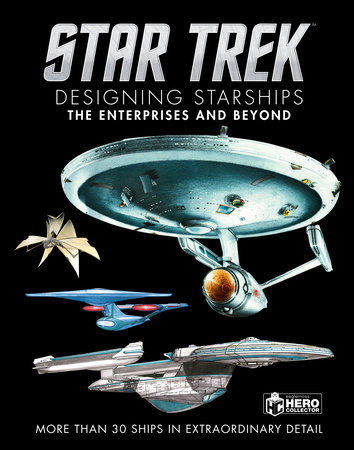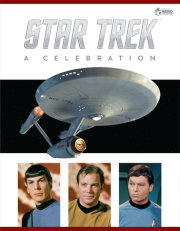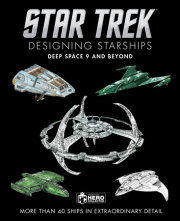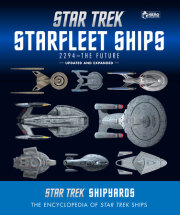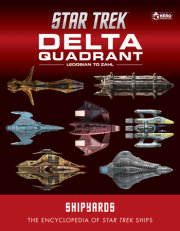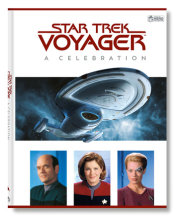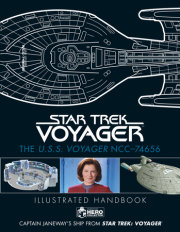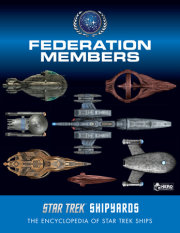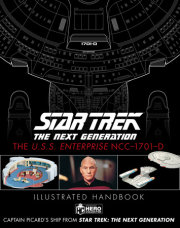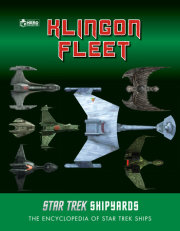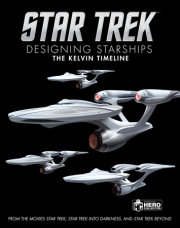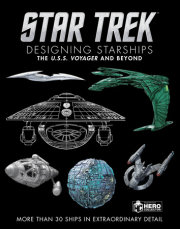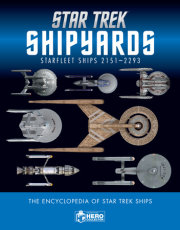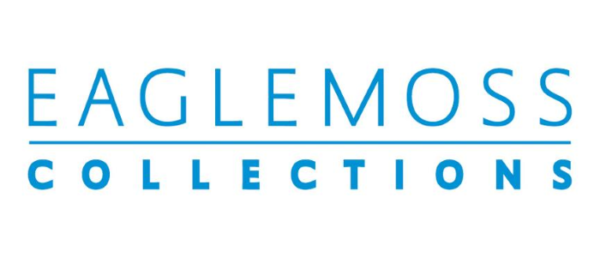Matt Jefferies’ design for the U.S.S. Enterprise set the standard for every starship that followed, but finding the design was not easy. It was a typical Gene Roddenberry request: he wanted something no-one had ever seen before, and typically for Roddenberry, he couldn’t tell you much more than that. Remarkably, Matt Jefferies, the first man to design an Enterprise, took that brief and created an iconic shape that would be used as a blueprint for almost every Starfleet vessel that followed. For a man who’d never even been a fan of science fiction, it was a huge challenge.
“To be honest, I didn’t know quite where to start,” admitted Jefferies when we met at his home in 1999. “I knew the Enterprise was going to be on the cutting edge of the future and that essentially Roddenberry had given me the job of deciding what shape that future was going to take, but it was hard to work out what exactly that was going to be.”
Although Roddenberry couldn’t give Jefferies an idea of what the ship would look like, he could provide some information to work with. He had a fairly detailed idea of how he believed the ship would function – that it would carry a 100–150 man crew, operate for the most part in outer space, and have the ability to travel at unheard of speeds. Roddenberry was also clear about what he didn’t want: he told Jefferies that in no way would his ship bear even the slightest resemblance to the 1950s type of rocket ship much beloved of movie makers and TV shows alike.
“I recall Gene emphasizing that there would be no fins, no wings, no smoke trails, no flames and most importantly of all, no rocket,” said Jefferies. “That led to a lot of floundering around on my part because with all that off the table, I didn’t know where the hell we were going to even start to come up something that instantly said ‘spaceship’. So after some thought I decided the best thing to do was to come up with an envelope to work inside based on the snippets of information I did have.”
One of those snippets was Roddenberry’s determination that the ship would be capable of unearthly speeds. “To show the fantastic speeds Gene wanted I knew we were going to need flash cuts; you can’t sell speed by holding a vehicle, automobile, plane whatever, and moving the background. It just doesn’t work; it’s going to have to come from infinity to you or the other way. So I wanted to keep it very simple, but immediately identifiable – a shape that you could instantly pick out.”
With that as a starting point, Jefferies produced countless sketches of different ships in an attempt to find a general direction. Being a member of the Aviation Space Writers’ Association and active as a consultant with the Air Force Museum in Dayton helped as it gave him a source for a lot of design ideas. However, many of his earliest attempts were rejected outright by Roddenberry as being too conventional, but pieces of some designs did offer promise. Jefferies then set about collecting these pieces and applying them to new designs.
Copyright © 2018 by & TM CBS Studios Inc. © Paramount Pictures Corp. STAR TREK and related marks and logos are trademarks of CBS Studios Inc. All Rights Reserved. Published by Eaglemoss Ltd.. All rights reserved. No part of this excerpt may be reproduced or reprinted without permission in writing from the publisher.




